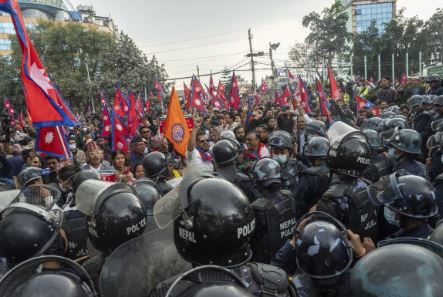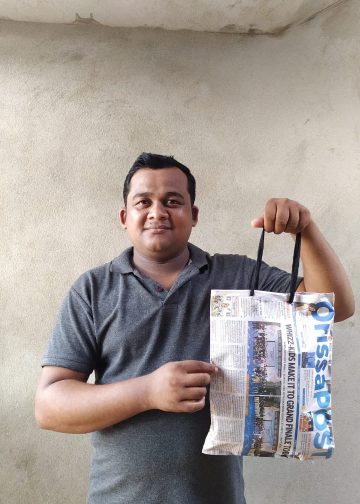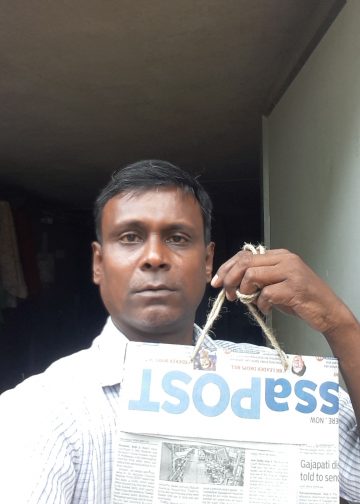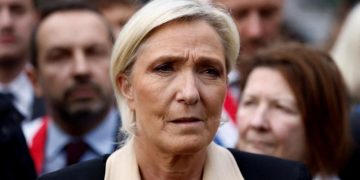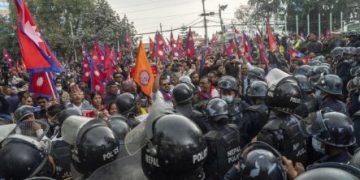A global trend being seen for some time now is the rise of Far-Right outfits taking advantage of the frustration and disenchantment of the people at large over the failure of established political parties to deliver on their promises and mitigate the economic hardships of the people. This has assumed a new form in Nepal where pro-monarchist forces are clamouring for the return of Gyanendra Shah, who was Nepal’s last reigning monarch and still has a loyal following in the country, to tide over the economic crises the ruling dispensation has failed to tackle. The monarchy was abolished in 2008.
Violent pro-monarchy protests erupted in Kathmandu during the past few days. The protesters, demanding the restoration of monarchy, clashed with security personnel, resulting in a curfew being imposed in several parts of the capital city. Two people, including a protester and a video journalist, lost their lives in the violence. Several people, including security personnel, were also injured. The protesters have given the Nepalese government an ultimatum till 3 April. As the government began crackdown on the protesters and Opposition politicians, the Rashtriya Prajatantra Party (RPP), which is supporting the pro-monarchy protests, has warned the government against arresting the former king, saying that such an act would further aggravate the protests. Around 112 people, including RPP leaders Dhawal Shumsher Rana and Ravindra Mishra, have been detained by the police.
The ruling Nepali Congress has held the former king responsible for orchestrating the pro-monarchy protests in the Tinkune area. Its spokesperson said the Home Minister had presented the details of the incidents following which the government came to the conclusion that the violent activities were deliberately planned with the motive of imposing a totalitarian rule and the former king should take all the responsibility. Reports indicate the Nepalese government, led by Prime Minister KP Sharma Oli, has also reduced the security cover of the former king and revoked his passport. The strength of personnel in the former king’s security has been reduced from 25 to 16. In addition to that, the Kathmandu Municipal Corporation has imposed a fine of 7.93 lakh Nepali rupees on the former king for the damage caused to public property during the violent protests.
Also Read: Trump’s Target
Support for the pro-monarchy movement has surged recently as Nepal grapples with ongoing political and economic instability that has led to widespread dissatisfaction with the government. Years of the federal government’s failure to improve governance, implement economic reforms—especially in the aftermath of the CoVID-19 pandemic—and its lack of tangible results have led to widespread dissatisfaction in the country. This discontent has created an opportunity for pro-monarchy supporters to advocate for the revival of the monarchical system. The pro-monarchy issue has been a fire that the Indian government has been stoking for several years, the brazen outcome was the Madhesi discontent with the new Constitution during the 2015-17 period. The economic blockade of the land locked country by the Madhesis who live on the foothills bordering India had upset the Nepali people in general at the time.
Kathmandu witnessed two separate mass rallies late last week. While the Socialist Front Nepal, a smaller political party, held a rally in support of the republic, another rally was organised by pro-monarchy groups after the 82-year-old former king Gyanendra arrived in Kathmandu from Pokhara on 9 March amidst a massive reception by his supporters.
What added fuel to the fire was the statement of the former king that the republican system has not worked for the country and urged the people to revert to the monarchical system. The former king is being supported by multiple groups, including the RPP, a Hindoo nationalist political party in Nepal that is suspected by locals to be hand in glove with the Indian establishment.
Though reports suggest nearly 90 per cent of the people in Nepal would want the country to become a Hindoo Kingdom, as it was officially prior to 2008, the same level of massive support does not exist for the revival of the monarchical system. According to Nepal’s constitution, a 2/3 majority can bring back the monarchy. The current protests and anger, however, are not about reinstating the monarchy. They are directed at the government for its failure to tackle the economic problems.
Interestingly China, according to Kathmandu watchers, is not comfortable with the monarchical system. China is also believed to be happy to deal with Communist parties and leaders who are in influential positions in the country compared with the monarchy.
The developments do not augur well for India after the turmoil in another neighbouring country – Bangladesh – where anti-India forces are now dominating the political landscape. India’s foreign policies in the neighbourhood have been consistently failing. Even if the Nepalese Constitution is re-cast and that nation becomes Hindoo and does not remain secular as it was transformed after the new Constitution was adopted, it still may not indicate better relations with India. The leanings towards China may well become more acute seeing the crude manner the Indian establishment has handled issues in the past.

